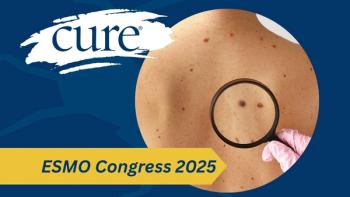
- Spring 2008
- Volume 7
- Issue 1
What's Behind the Screen?
Tips for sun protection.
No day at the beach is complete without a tube of sunscreen, or at least that’s what dermatologists would hope. Other than sun avoidance and opaque clothing, sunscreen is the best way to protect against burns.
Safe sun practices are critical, since severe sunburns in children and teens have been linked to development of melanoma as an adult. Whether using sunscreen as an adult helps prevent melanoma, however, has been contested.
First developed commercially in the 1930s, sunscreen works by either blocking or absorbing a portion of the sun’s ultraviolet, or UV, rays. Inorganic ingredients, such as zinc oxide, reflect rays, whereas organic compounds absorb UV radiation in much the same way as natural melanin.
Buyers should be cautious, however, as most sunscreens only protect against one part of the UV spectrum. The most common active ingredient in sunscreens on the market today is para-aminobenzoic acid (PABA), which absorbs only UV-B rays—the rays that primarily cause sunburn. Scientists initially thought only UV-B rays caused skin cancer, but increasing evidence indicates UV-A rays penetrate the skin more deeply and are at least equally as harmful.
Currently, the Food and Drug Administration requires sunscreen manufacturers to indicate the product’s sun protection factor, or SPF, only from UV-B rays. The higher the SPF, the higher the level of protection.
The FDA is in the process of updating its guidelines to take into account
the growing number of sunscreens that also protect against UV-A rays. If the proposed guidelines are put into effect, products will include both UV-B-related SPF information and a four-star rating system that indicates UV-A protection levels. Sunscreens that do not include UV-A protection will be required to state so on the label. In addition, SPF will be renamed “sunburn protection factor” to emphasize the role of UV-B.
Not everything about sun exposure is all bad. Some UV is necessary for the body to produce vitamin D. But the combination of a proper diet, including vitamin D-enriched dairy and cereal products, and limited sun exposure (the amount of sun a person receives during normal daily activities) plus sunscreen should provide most people with sufficient levels of vitamin D.
Articles in this issue
over 15 years ago
Get a Second Lifeover 15 years ago
An Effective Complement to the Pap Smearover 15 years ago
HPV Vaccination Recommendationsover 15 years ago
Debt Collection: Playing Fairover 15 years ago
Bearing the Bankruptcy Burdenover 15 years ago
Debt-Fighting Strategiesover 15 years ago
Resourcesover 15 years ago
Fast Facts: John Plumb Sr.over 15 years ago
What to Watch Forabout 16 years ago
A Study of Dietary Prudence




